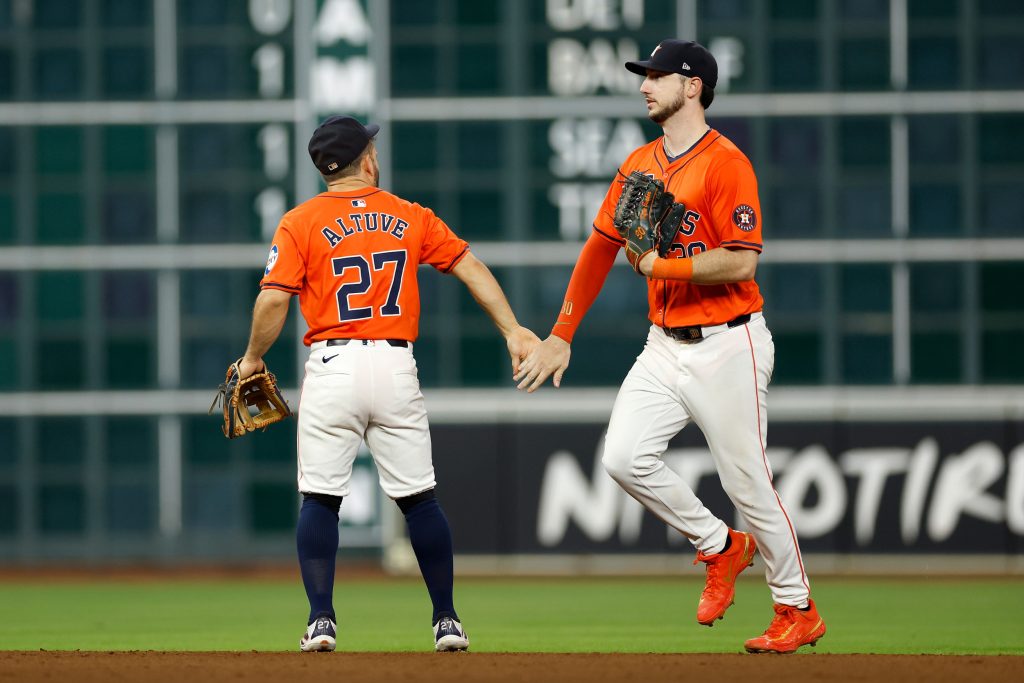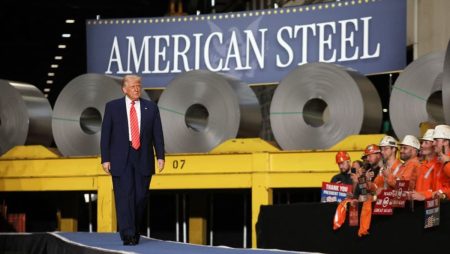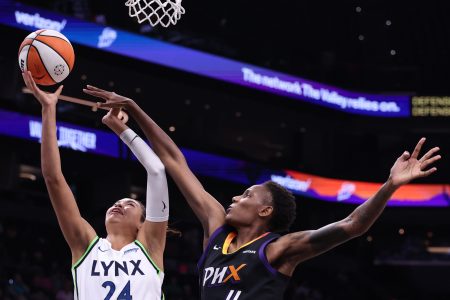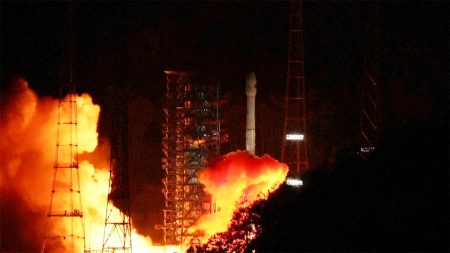The Houston Astros, reigning World Series champions, find themselves at a crossroads with one of their star players, three-time All-Star outfielder Kyle Tucker. With Tucker poised to enter free agency after the 2025 season, the Astros are reportedly entertaining trade offers, setting a high asking price for the dynamic player who has averaged impressive numbers over the past three seasons: 30 home runs, 104 RBIs, and 23 stolen bases. This aggressive stance signals a strategic calculation by Astros General Manager Dana Brown, who seemingly prefers securing valuable assets in return rather than risking losing Tucker without compensation in the near future.
The trade talks have garnered substantial interest from multiple contenders, including the New York Yankees, Chicago Cubs, Philadelphia Phillies, and San Francisco Giants. While all four teams have engaged in initial discussions with the Astros, the Yankees and Cubs appear to be the frontrunners, having progressed to the stage of discussing specific players as potential trade components. These advanced discussions underscore the seriousness of their pursuit of Tucker and suggest a willingness to meet, at least to some extent, Houston’s demanding requirements.
The Astros’ specific demands from the Yankees reportedly center around acquiring Luis Gil, the projected American League Rookie of the Year for 2024. Gil’s potential and youth make him a highly coveted prospect, and the Astros clearly view him as a cornerstone piece in any deal for Tucker. This demand signals a desire to acquire a player with a high ceiling who could make a significant contribution to the team for years to come, effectively offsetting the loss of Tucker’s offensive prowess. The Astros’ focus on acquiring young talent suggests a long-term strategic vision aimed at sustaining their competitive window.
Meanwhile, the negotiations with the Cubs involve a package centered around outfielder Seiya Suzuki and infielder Isaac Paredes. Suzuki, a proven offensive threat, would offer a more immediate replacement for Tucker’s production in the Astros lineup, while Paredes adds versatile infield depth. This proposed package suggests a different approach compared to the Yankees’ negotiations, focusing on acquiring established major leaguers who can contribute immediately. The divergence in targeted players reflects the varying needs and roster compositions of the interested teams, as well as the Astros’ willingness to consider different paths to maximizing their return.
The Astros’ high asking price is understandable, given Tucker’s consistent performance and all-around skill set. He is a rare combination of power, speed, and defensive acumen, making him a highly desirable asset for any team looking to bolster its lineup and outfield defense. His relatively young age (27) further enhances his value, as acquiring teams would be securing his services for several prime years. However, the steep price may also deter potential suitors, potentially complicating the Astros’ efforts to finalize a trade.
The situation remains fluid, with the possibility of further developments and new teams entering the fray. The Astros’ willingness to engage in trade talks signals their preparedness to reshape their roster, even if it means parting ways with a key contributor. The outcome of these negotiations will significantly impact the landscape of Major League Baseball, potentially shifting the balance of power within the American League and influencing the contending teams’ chances of postseason success. Whether the Astros ultimately decide to trade Tucker or retain him for the upcoming season, their decision will undoubtedly be a defining moment of their offseason and a crucial factor in their pursuit of another championship title.










